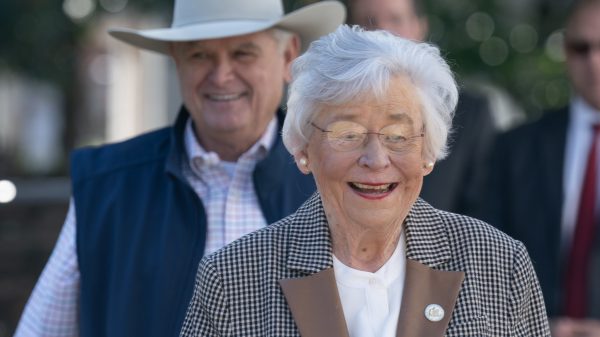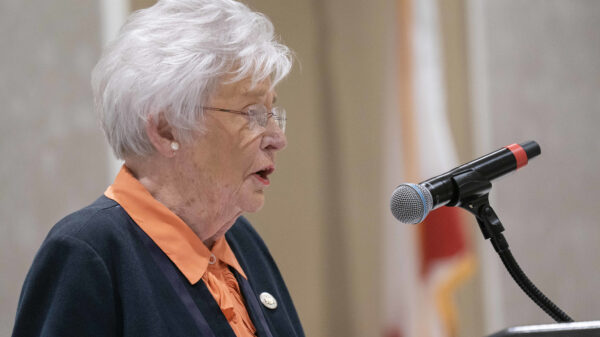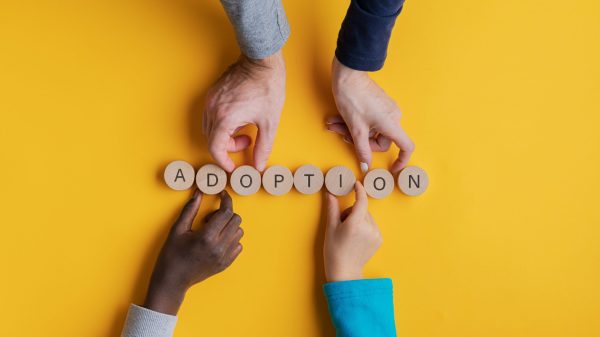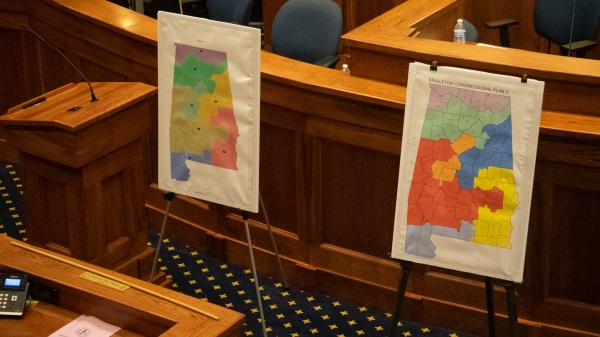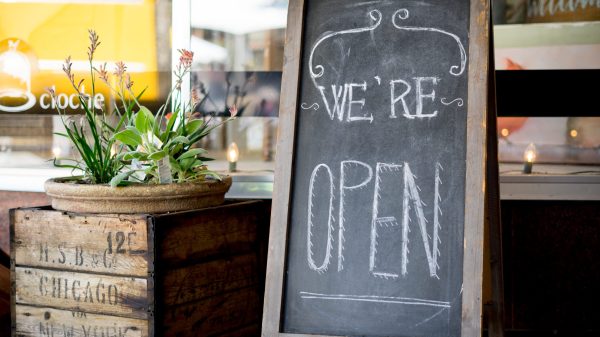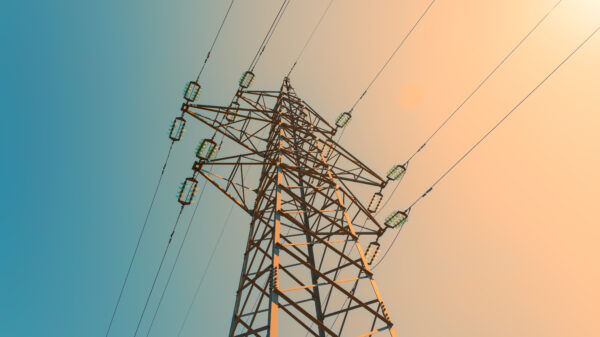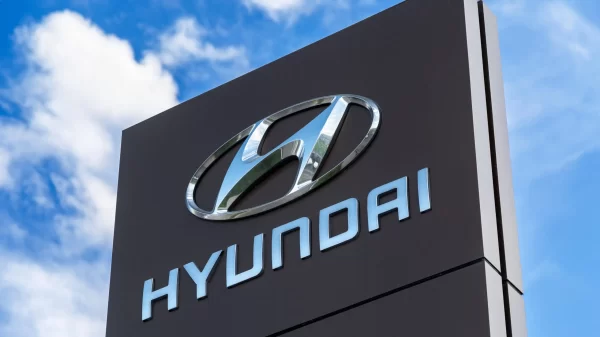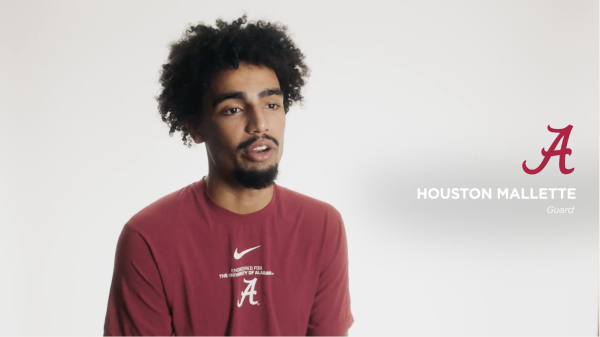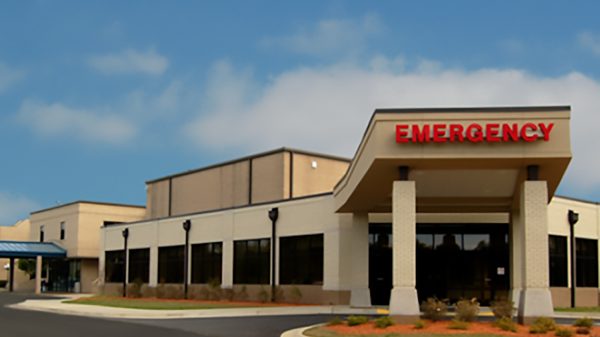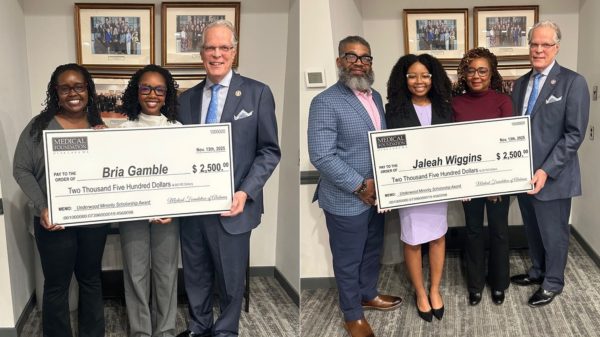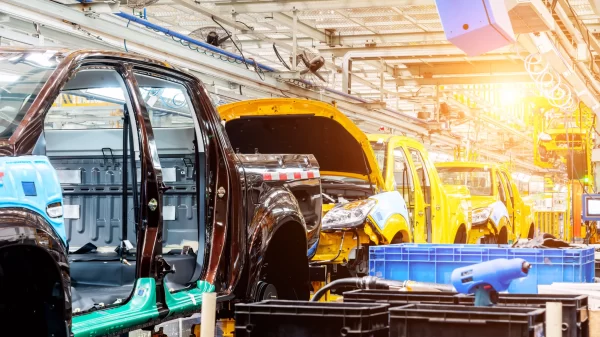“I got hurt on the job with my hand, snapped a bone,” Mark Miller said. “They bandaged me up, told me to keep working, so I did.”
During a press conference on Thursday, Miller recounted his time participating in a work release program, describing a general lack of safety precautions, insufficient training, and the constant fear of being sent back to prison.
“I was trained maybe ten minutes on the job and I was told to do it, and go as fast as I could go,” he remembered. “And if I couldn’t do my job, then they’d just call the camp and report it. And then the camp would write me up if I didn’t do it, and probably send me back to one of the dangerous prisons. So I had no choice in the matter.”
Using survey responses collected by the nonprofit Jobs to Move America in combination with publicly available data, a report released on Thursday attempts to identify the consequences of work release programs like the one Miller participated in. According to one recent monthly report, the state Department of Corrections has around 1,500 inmates in minimum security work release facilities.
“Hyundai/Kia came to Alabama in 2005, but Alabama has a long history of allowing companies to experiment with coercive labor practices that stretches back much further than that,” Jobs to Move America’s Southern director, Will Tucker, stated during the press conference. “Since Reconstruction in the South, after the Civil War, the South has been a testing ground for a number of captive and exploitative labor practices.”
Jobs to Move America, the organization whose survey of workers at Alabama auto manufacturing plants and work release program participants served as the primary data source for this new study, is a “strategic policy center” focused on using public policy and public funds to create “good jobs.”
Tucker explained that the organization “began to investigate prison labor in Alabama in earnest” back in 2022 and its public records requests revealed companies in the Hyundai/Kia supply chain were making extensive use of the state’s work release programs, which he likened to a series of prison work camps.
“Hyundai is aware that some suppliers participated in the State of Alabama’s inmate work release program,” a Hyundai Motor North America spokesperson wrote in a statement emailed to APR. “However, Hyundai was not involved in any supplier’s decision to participate in such program. Consistent with the standards and values to which we hold ourselves as a company, we mandate that our suppliers and business partners strictly adhere to the law, and we have an established track record of taking action when alleged violations occur.”
The spokesperson also pointed to a section of the company’s Supplier Code of Conduct that states in part that suppliers “should ensure that they do not produce for Hyundai Motor Company, in whole or in part, goods produced by Forced Labor.”
Under state regulations, people in work release programs are required to receive “compensation equal to that of comparable workers and no less than federal minimum wage.” However, the economists who prepared the report believe incarcerated workers’ relative inability to protest or quit over poor working conditions gives employers additional leverage anyways.
“Even when you just look at the free world workers, the non-incarcerated workers, we find that the plants that are using a higher share of incarcerated workers have worse wages, worse working conditions,” Columbia economics professor Suresh Naidu stated. The survey specifically found “very significant results that the incarcerated workers were less likely to quit in response to a hypothetical wage cut, but we also found that free world workers find it hard to quit,” Naidu said.
He further explained that “the idea there is that since the free world workers also find it hard to quit, and the suppliers and the plants that use incarcerated labor have access to this additional pool of workers that have an even harder time quitting, employers can profitably lower wages for both free and incarcerated workers.”
“Unlike other forms of coerced labor, like Alabama’s historical slave economy and convict leasing system, incarcerated workers are not forced to work for private industry,” the report states. “However, incarcerated workers are often eager to enter the work release system owing to the extreme violence, and general despair, inside the general prison.”
By comparing Alabama plants with varying utilization rates of incarcerated labor, the authors specifically estimate that increasing the share of incarcerated labor by 10 percent reduces wages for free workers by between 10 and 14 percent.
The academic working paper the report is based on additionally suggests that reforming Alabama prisons, ending the garnishment of wages for work release participants, and instituting a $15 minimum wage would improve welfare for both free and incarcerated workers.
“Workers in Alabama and Georgia deserve safe, dignified jobs where their voices matter, their safety is protected, and their hard work is valued,” Jobs to Move America director of research HeeWon Brindle-Khym declared. “We need the world’s biggest auto companies to build the clean electric vehicles of the future, but we cannot repeat the shameful sins of the past, including prison labor, unsafe factories, and disrespecting workers in this new economy.”






